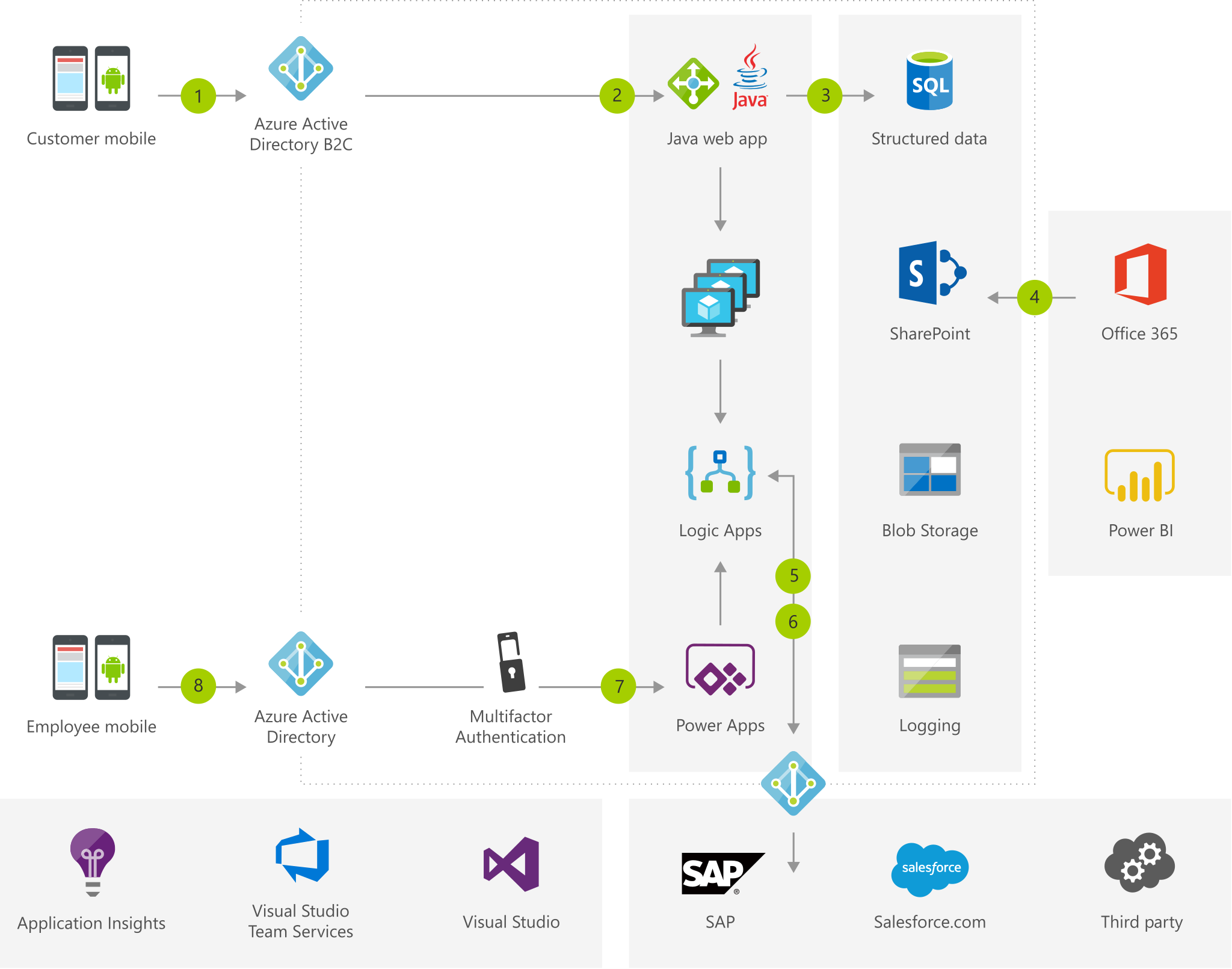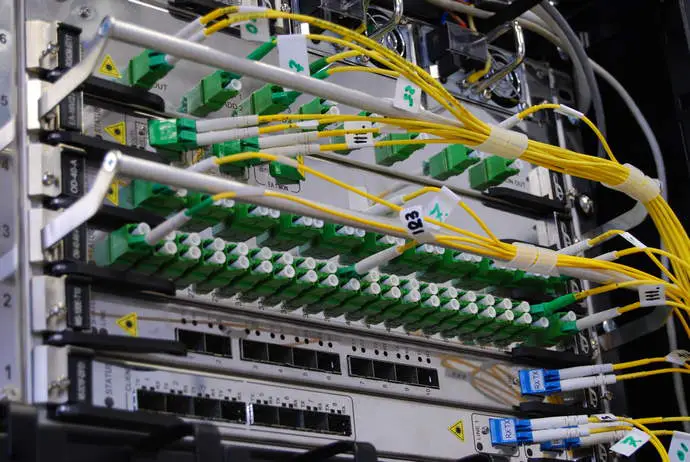Optimizing Web Application Delivery Through CDN Integration

Introduction

Content delivery networks (CDNs) are distributed networks of servers that deliver web content to end users based on their geographical location. By caching and serving content from the nearest server, CDNs significantly reduce latency and improve the overall performance of web applications.

Benefits of CDN Integration
- Reduced Latency: CDNs minimize the distance between users and the content, resulting in faster page load times.
- Enhanced Scalability: CDNs can handle large volumes of traffic, ensuring reliability and performance during traffic surges.
- Improved Availability: CDNs provide redundant servers, reducing the risk of downtime and ensuring content availability.
- Bandwidth Optimization: CDNs reduce bandwidth consumption by caching frequently accessed content and serving it from the nearest server.
- Security Enhancements: Some CDNs offer security features such as DDoS mitigation and SSL offloading.
Steps for Optimizing Delivery
1. Choose a Suitable CDN:
- Consider factors such as network performance, global reach, and support for different content types.
2. Integrate the CDN:
- Configure your web server to route traffic through the CDN using the appropriate settings.
- Test the integration to ensure proper functionality.
3. Cache Configuration:
- Determine the optimal caching strategy based on content type and traffic patterns.
- Configure caching rules to maximize content availability while reducing overhead.
4. Performance Optimization:
- Enable compression and optimize web pages for faster loading.
- Use features such as Brotli compression and HTTP/2 for enhanced speed.
- Leverage browser caching to reduce server load.
5. Content Management:
- Regularly update and purge cached content to ensure freshness.
- Use version control to manage different versions of content and minimize cache invalidation.
6. Monitoring and Analytics:
- Monitor CDN performance using dashboards and reports.
- Analyze usage patterns to identify areas for further optimization.
- Gather feedback from end users to assess the impact of CDN integration.
Tips for Enhanced Optimization
- Use a Multi-CDN Approach: Utilize multiple CDNs to improve geographical coverage and redundancy.
- Consider Geolocation Services: Use CDN services that offer geolocation features to deliver content based on user location.
- Leverage Image Optimization: Optimize images for web delivery using techniques like resizing and compression.
- Adopt Serverless Computing: Integrate with serverless platforms to reduce latency and improve scalability with dynamic content.
- Use Load Balancing: Distribute traffic evenly across multiple CDN servers to improve performance and reliability.
Conclusion
Integrating a CDN into your web application delivery pipeline significantly improves performance, scalability, availability, and security. By following the outlined steps and implementing recommended optimization techniques, you can deliver a seamless and responsive user experience that drives engagement and increases customer satisfaction.## Optimizing Web Application Delivery Through CDN Integration
Executive Summary
Content delivery networks (CDNs) have become essential for delivering fast and reliable web applications. By distributing content across multiple servers located around the globe, CDNs reduce latency, improve performance, and enhance the user experience. This article explores the process of integrating a CDN with a web application and highlights the key considerations for optimizing delivery.
Introduction
In today’s fast-paced digital world, users expect instant access to online content. Slow page loading times can result in lost visitors, decreased conversions, and damaged brand reputation. CDNs address this challenge by caching static content, such as images, videos, and JavaScript files, closer to users, reducing the distance that data must travel and significantly improving response times.
FAQs
1. What is a CDN?
A CDN is a network of servers distributed across multiple geographic locations, responsible for delivering web content to users with reduced latency and improved performance.
2. Why should I use a CDN for my web application?
CDNs offer numerous benefits, including:
- Reduced latency and faster content delivery
- Improved scalability and reliability
- Reduced bandwidth costs
- Enhanced security and DDoS mitigation
3. How do I integrate a CDN with my web application?
The process of CDN integration typically involves:
- Choosing a reputable CDN provider
- Configuring your web server to cache content on the CDN
- Modifying your application code to reference CDN-hosted content
Key Considerations for CDN Optimization
1. Content Selection
- Identify static content that benefits from CDN caching, such as images, CSS files, JavaScript bundles, and videos.
- Use CDN-optimized file formats and compression techniques to reduce file sizes.
2. Server Configuration
- Configure your origin server to properly handle CDN requests and cache headers.
- Use a CDN-specific plugin or module to simplify configuration and management.
3. Caching Strategy
- Define clear caching policies for different types of content, such as static assets, dynamic content, and user-specific data.
- Implement cache-busting mechanisms to ensure that users always receive the most up-to-date content.
4. Load Balancing
- Configure the CDN to distribute requests across multiple servers for improved scalability and reduced load times.
- Implement health checks and failover mechanisms to ensure high availability.
5. Security
- Secure the CDN connection using SSL/TLS certificates.
- Implement rate limiting and access control to prevent malicious attacks.
Conclusion
Integrating a CDN with a web application is a crucial step for ensuring fast, reliable, and secure delivery. By carefully considering the key considerations for CDN optimization, businesses can maximize the benefits of this technology and enhance the user experience.
Keyword Tags
- Content Delivery Network (CDN)
- Web Application Delivery
- CDN Integration
- Performance Optimization
- User Experience
